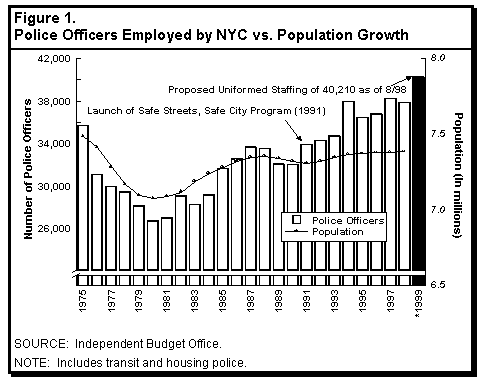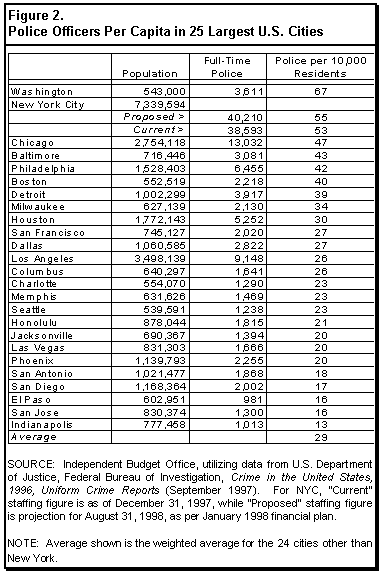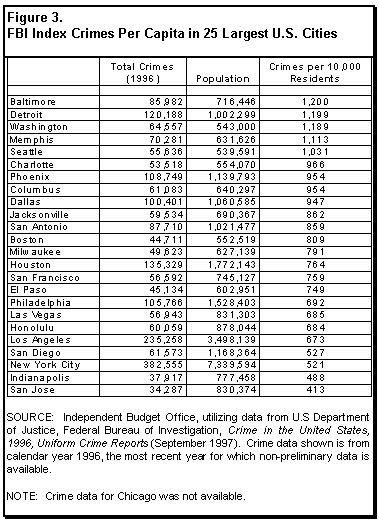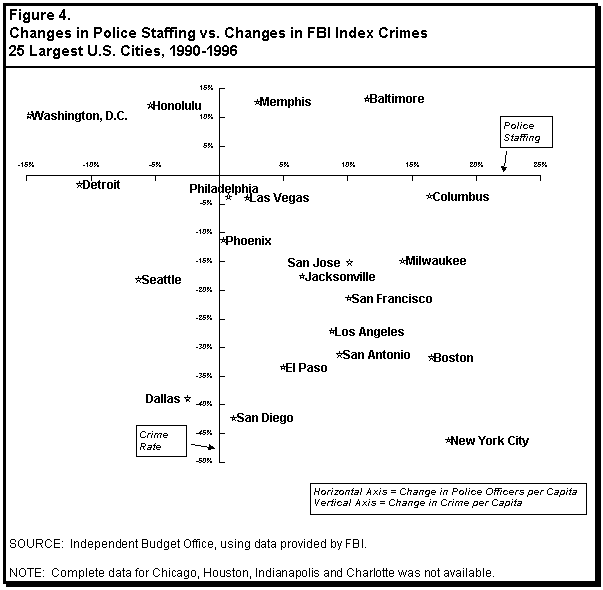New York, NY – New York Police Department data showed a 75 percent jump in officer retirements and resignations in 2020 compared to one year earlier.
More than 5,300 uniformed NYPD officers quit or submitted paperwork to retire last year, the New York Post reported.
The data showed that 2,600 officers resigned from the police department and 2,746 filed for retirement, bringing the grand total of NYPD off the streets in 2020 to 5,346.
The loss represented about 15 percent of the entire police force, the New York Post reported.
NYPD statistics showed that only 1,509 officers quit and just 1,544 retired in 2019, for a total loss of 3,053 uniformed officers that year.
As of April 5, the NYPD had only 34,974 uniformed officers on the street as compared to the 36,900 they had on the force in 2019, the New York Post reported.
So far this year – as of April 21 – already 831 NYPD officers have retired or resigned.
More than 5,300 uniformed NYPD officers quit or submitted paperwork to retire last year, the New York Post reported.
The data showed that 2,600 officers resigned from the police department and 2,746 filed for retirement, bringing the grand total of NYPD off the streets in 2020 to 5,346.
The loss represented about 15 percent of the entire police force, the New York Post reported.
NYPD statistics showed that only 1,509 officers quit and just 1,544 retired in 2019, for a total loss of 3,053 uniformed officers that year.
As of April 5, the NYPD had only 34,974 uniformed officers on the street as compared to the 36,900 they had on the force in 2019, the New York Post reported.
So far this year – as of April 21 – already 831 NYPD officers have retired or resigned.















